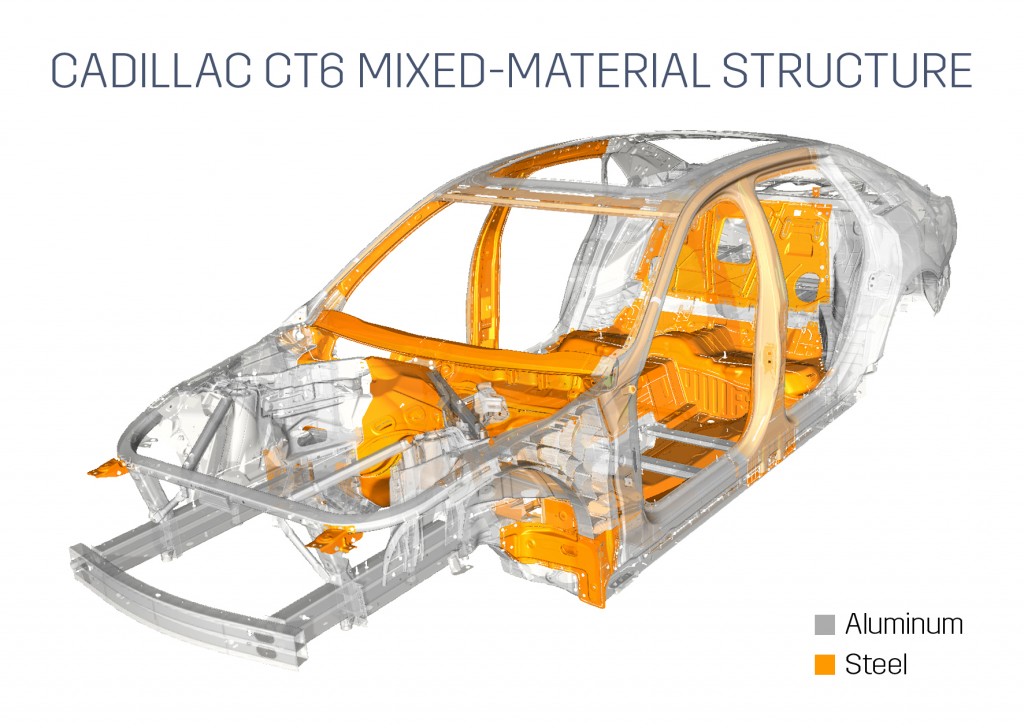Mercedes-Benz made significant weight savings with its latest C-Class thanks to the use of materials much lighter than conventional steel in the car’s construction, such as aluminum and even some composites.
A senior Mercedes executive has hinted that the next-generation model, due early next decade, will shed even more weight due to new construction methods that enable the greater use of aluminum.
Speaking at a seminar on Monday, Mercedes’ manufacturing boss in the United States Jason Hoff hinted that the next C-Class will benefit from advanced joining technologies including steel welded to aluminum, Automotive News (subscription required) reports.

Cadillac CT6 uses advanced aluminum and steel structure to save 198 pounds
Aluminum offers many advantages over steel. It's corrosion-resistant and offers an excellent blend of strength and low mass that can help improve fuel economy and performance: on average, every pound of aluminum used in a car’s construction can replace two pounds of steel.
Typically, automakers use rivets when adding aluminum but this can be costly and riveting guns have a limited range of joint configurations. Furthermore, end-of-life recycling of parts containing rivets is more complex.
But welding steel and aluminum is difficult due to the metals’ varying melting temperatures. General Motors Company [NYSE:GM] and Honda are two automakers that have successfully implemented steel and aluminum welding processes in some of their plants. The weight savings it can bring are significant. For example, the full-size Cadillac CT6 (3,647 lb), which uses some advanced welding techniques, only weighs 230 pounds more than the small C-Class (3,417 lb).



